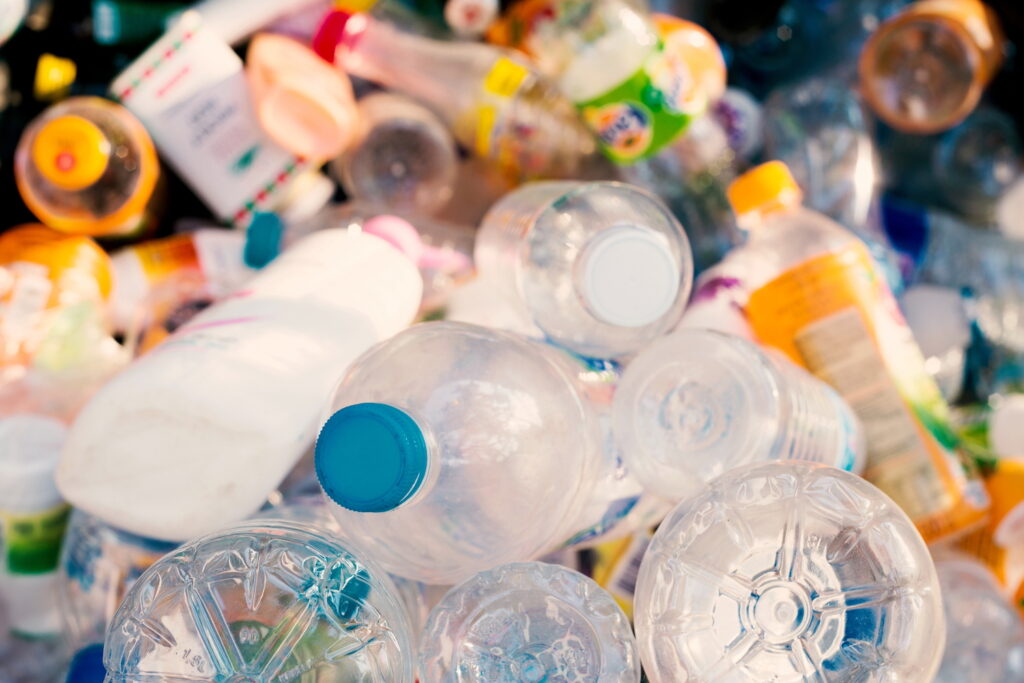Good-quality AF for co-processing plants like cement or power plants must meet specific standards, such as homogeneous grain size, high calorific value, controlled material composition, not too many fines, the lowest chloride content possible, and stable humidity content. In most cases, the input waste stream contains various components that are not always suitable for co-processing. In this blog post, we will discuss the steps needed to get rid of non-desired material.

Steps needed to get rid of non-acceptable material
To achieve good AF quality, the production process needs to be controlled from the very beginning. This can only be achieved if the unwanted items are removed at an early stage to avoid contamination of the final fuel product.
So, what do we need to take into consideration?
1. The first step chosen by most producers is pre-shredding the material to open the waste bags and tear apart and reduce the size of the big items in order to separate organic materials, stones, PVC, metal, and so forth.
2. Be it a 30 or 80 mm final product, it is important to dispose of the fines at the start of the screening process with a drum or a vibrating screen with correctly sized apertures (e.g. 20 mm). Not only do fines have a negative impact on the fuel’s calorific value, they also cause considerable wear on the equipment downstream. Fine shredders will in particular suffer from excessive amounts of fines, adding to the cost per tonne of the final product.
3. Ferrous metal is normally removed at different points during the processing with varying magnet adjustments/positions and types to ensure as “clean” a waste stream as possible.
4. One of the most important factors that needs to be considered is wear cost. Wear is basically caused by components without any calorific value. Therefore, the early removal of fines is essential to avoid incurring extra costs without improving the final fuel product.
5. However, some components remain and require removal: stainless steel, aluminium and other non-magnetic metals. These will damage the fine-shredder at the end of the line and, in addition, their recycling value may justify the installation of an eddy current metal separation unit in the line.
6. The presence of chloride, often in PVC, in the final RDF/SRF must also be addressed. If the final product needs to comply with the current requirements for European cement companies, optical sorting will have to be integrated into the production line, as the presence of PVC in the municipal solid waste (MSW) and mixed industrial waste (MIW) is inevitable and this is the only way to remove it.
7. Another vital component in the process line is an efficient air separation system. This will ensure that large and heavy components, such as old rubber boots, wet newspapers and diapers, large rocks and cement lumps, are not passed through the system. An air separator works like this: the “wind shifter” will suck or blow a controlled airstream through a large box. This will lift the lightweight components leaving the heavy components be, thus separating both fractions from each other. For RDF/SRF production the light materials consisting of plastic products and other dry combustibles are useful, while heavy items like sneakers and concrete are removed from the AF production process.


Following these steps, the product has a quality suitable for most applications, depending on the actual substitution rate.
To conclude, a multiple-step production facility is often needed to transform input materials, such as MSW or MIW into good quality AF that meets today’s requirements.




















